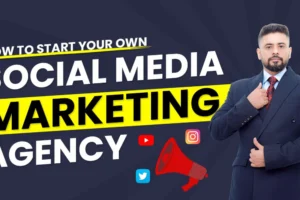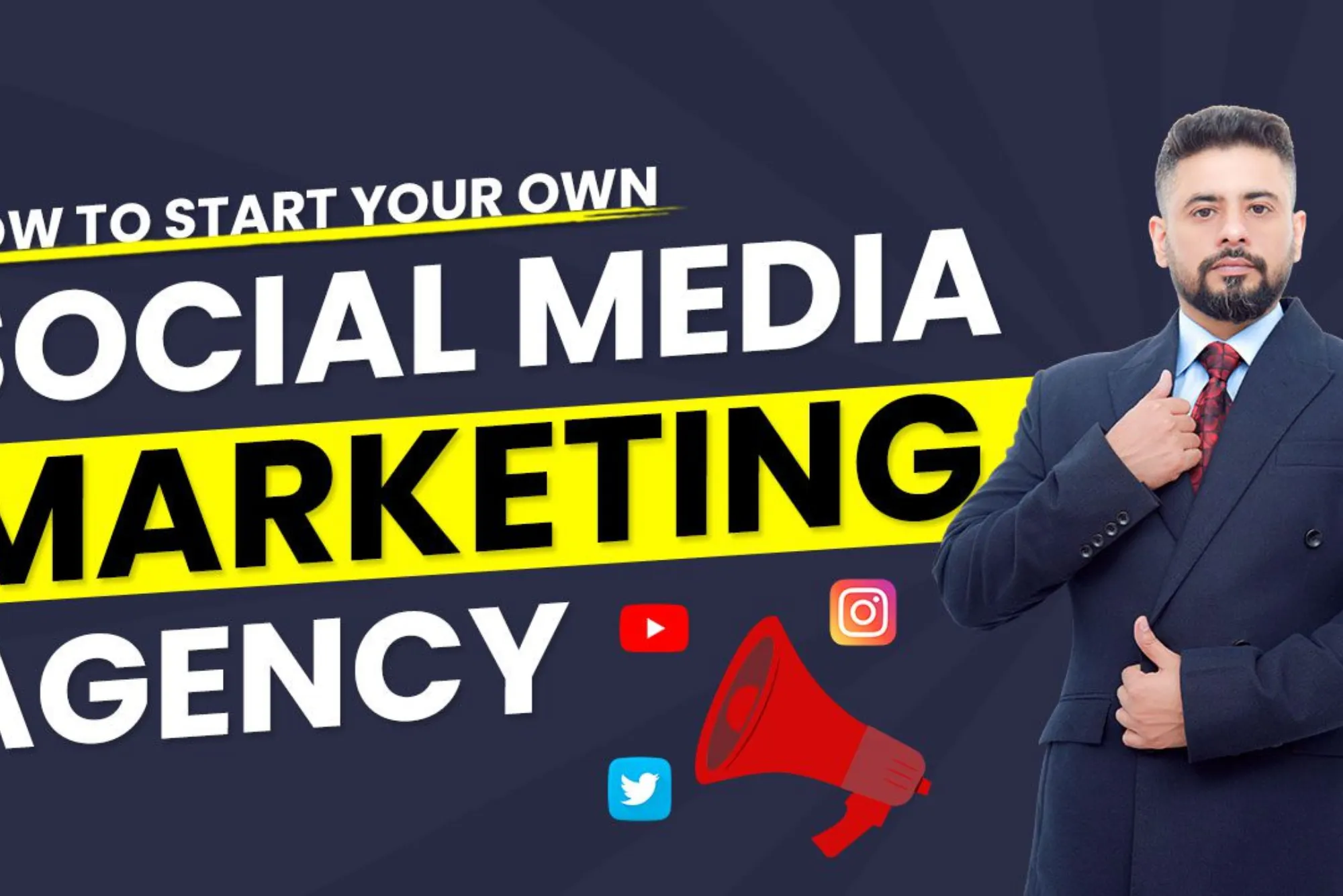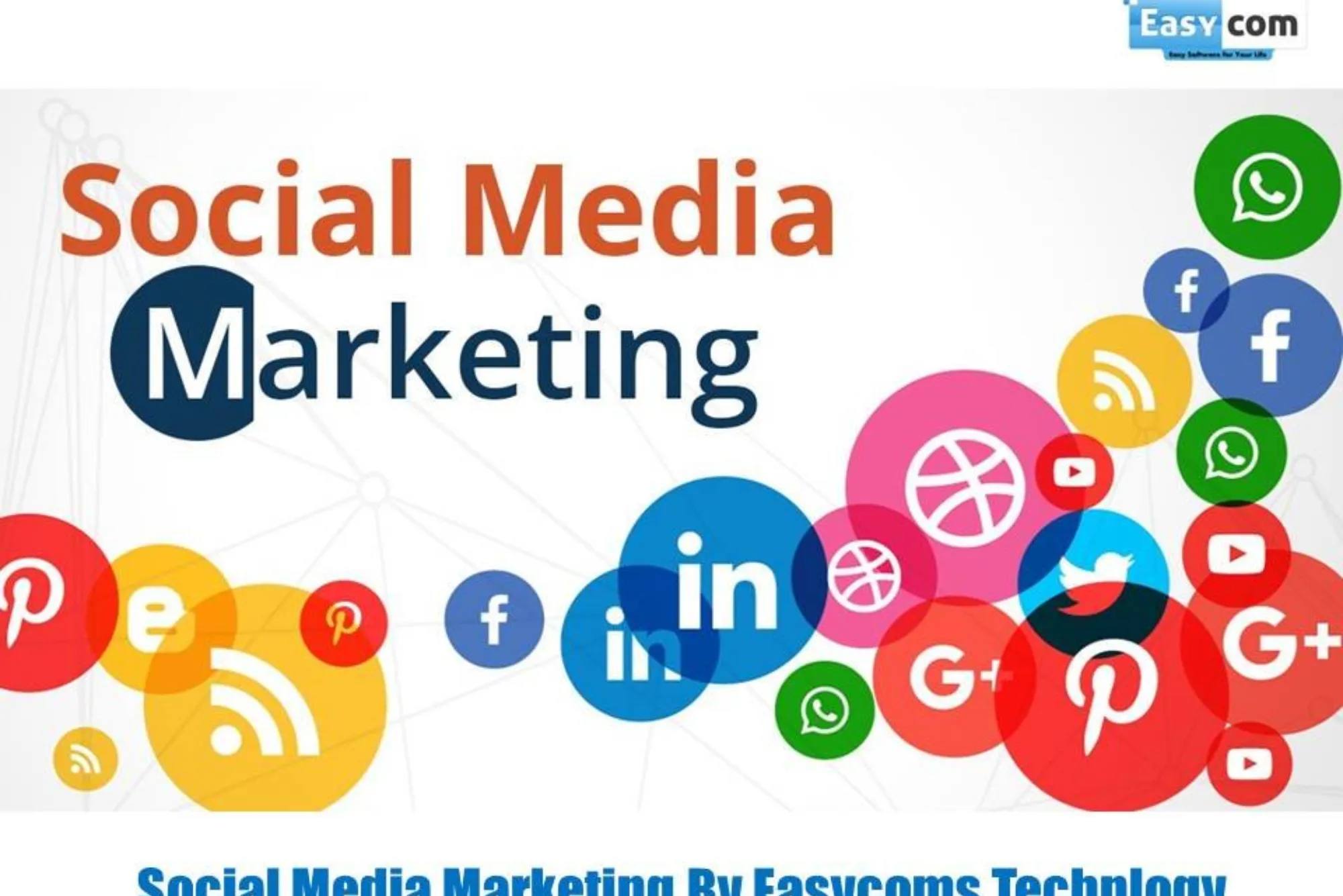A social media marketing strategy is a comprehensive plan that outlines how a business will use social media platforms to achieve its marketing goals. In today’s digital age, social media has become an indispensable tool for brands to connect with their audience, enhance brand awareness, and drive sales. This article will delve into the key elements of a social media marketing strategy, its benefits, and the potential disadvantages of social media marketing. We will also explore a case study on Abdul Sattar Typing Centre to illustrate these concepts in action.
Understanding Social Media Marketing
What is Social Media Marketing?
Social media marketing involves using social media platforms like Facebook, Instagram, Twitter, and LinkedIn to promote products or services. It encompasses creating and sharing content, engaging with followers, and running advertising campaigns to meet marketing objectives.
Benefits of Social Media Marketing
Increased Brand Awareness: Social media platforms offer businesses a way to reach a vast audience quickly.
Enhanced Customer Engagement: Interactive features such as comments, likes, and shares help businesses engage with their audience.
Improved Search Engine Rankings: Active social media profiles contribute to better search engine visibility.
Cost-effective Advertising: Social media ads are generally more affordable compared to traditional advertising channels.
Developing a Social Media Marketing Strategy
Setting Goals and Objectives
The first step in developing a social media marketing strategy is to set clear, specific goals. These should align with your business objectives and be measurable. Examples include increasing website traffic, boosting engagement, or driving sales.
Understanding Your Audience
To effectively reach your audience, you need to understand who they are. This involves analyzing demographics such as age, gender, location, and interests, as well as understanding their behavior and preferences on social media.
Content Creation and Curation
Creating and curating content that resonates with your audience is crucial. This can include text posts, images, videos, and infographics. Planning a content calendar ensures consistent posting and helps maintain a cohesive brand message.
Choosing the Right Platforms
Different social media platforms serve different purposes. A successful strategy involves selecting the platforms that best align with your business goals and where your target audience is most active. Coordinating strategies across multiple platforms can maximize reach and engagement.
Implementing the Strategy
Content Distribution
Scheduling posts at optimal times ensures maximum visibility and engagement. The frequency of posts should be balanced to maintain audience interest without overwhelming them.
Engagement Tactics
Actively engaging with your audience by responding to comments and messages fosters a sense of community. Encouraging user-generated content, such as customer reviews or photos, can enhance credibility and trust.
Advertising on Social Media
Social media platforms offer various advertising options, including sponsored posts, video ads, and carousel ads. Effective targeting and retargeting techniques can increase the relevance and impact of your ads.
Monitoring and Measuring Success
Key Performance Indicators (KPIs)
To gauge the effectiveness of your strategy, monitor key metrics such as engagement (likes, shares, comments), reach, impressions, and conversion rates. These KPIs provide insights into what’s working and what needs adjustment.
Analytics Tools
Utilize platform-specific analytics tools like Facebook Insights and Twitter Analytics, along with third-party tools like Google Analytics and Hootsuite, to track and analyze performance data.
Challenges and Disadvantages of Social Media Marketing
Disadvantages of Social Media Marketing
Time-consuming Nature: Managing multiple social media accounts and creating content can be very time-consuming.
Negative Feedback and Public Scrutiny: Social media opens up the possibility of negative comments and public criticism, which can harm a brand’s reputation.
Algorithm Changes and Reduced Organic Reach: Social media algorithms frequently change, making it challenging to maintain consistent organic reach.
Security and Privacy Concerns: Social media platforms are vulnerable to security breaches and privacy issues.
Mitigation Strategies
Efficient Time Management Tools: Utilize tools like Hootsuite or Buffer to schedule posts and manage accounts efficiently.
Crisis Management Plans: Prepare strategies for handling negative feedback and public relations crises.
Staying Updated with Platform Changes: Regularly update your knowledge of social media algorithms and best practices to adapt your strategy accordingly.
Case Study: Abdul Sattar Typing Centre
Introduction to Abdul Sattar Typing Centre
Abdul Sattar Typing Centre offers professional typing and documentation services. Despite being a traditional business, they have embraced social media to reach a broader audience.
Social Media Marketing Approach
The centre uses platforms like Facebook and Instagram to share updates, customer testimonials, and promotional offers. They focus on content that showcases their expertise and customer satisfaction.
Successes and Challenges
Through social media, Abdul Sattar Typing Centre has increased its customer base and enhanced its brand visibility. However, they also faced challenges such as managing time for social media activities and handling negative feedback. By using efficient management tools and having a clear response strategy, they overcame these challenges.
A well-defined social media marketing strategy is essential for any business looking to thrive in the digital landscape. While there are several benefits, it is crucial to be aware of the potential disadvantages of social media marketing and have plans in place to mitigate them. As demonstrated by Abdul Sattar Typing Centre, even traditional businesses can leverage social media to achieve significant growth and success.

















